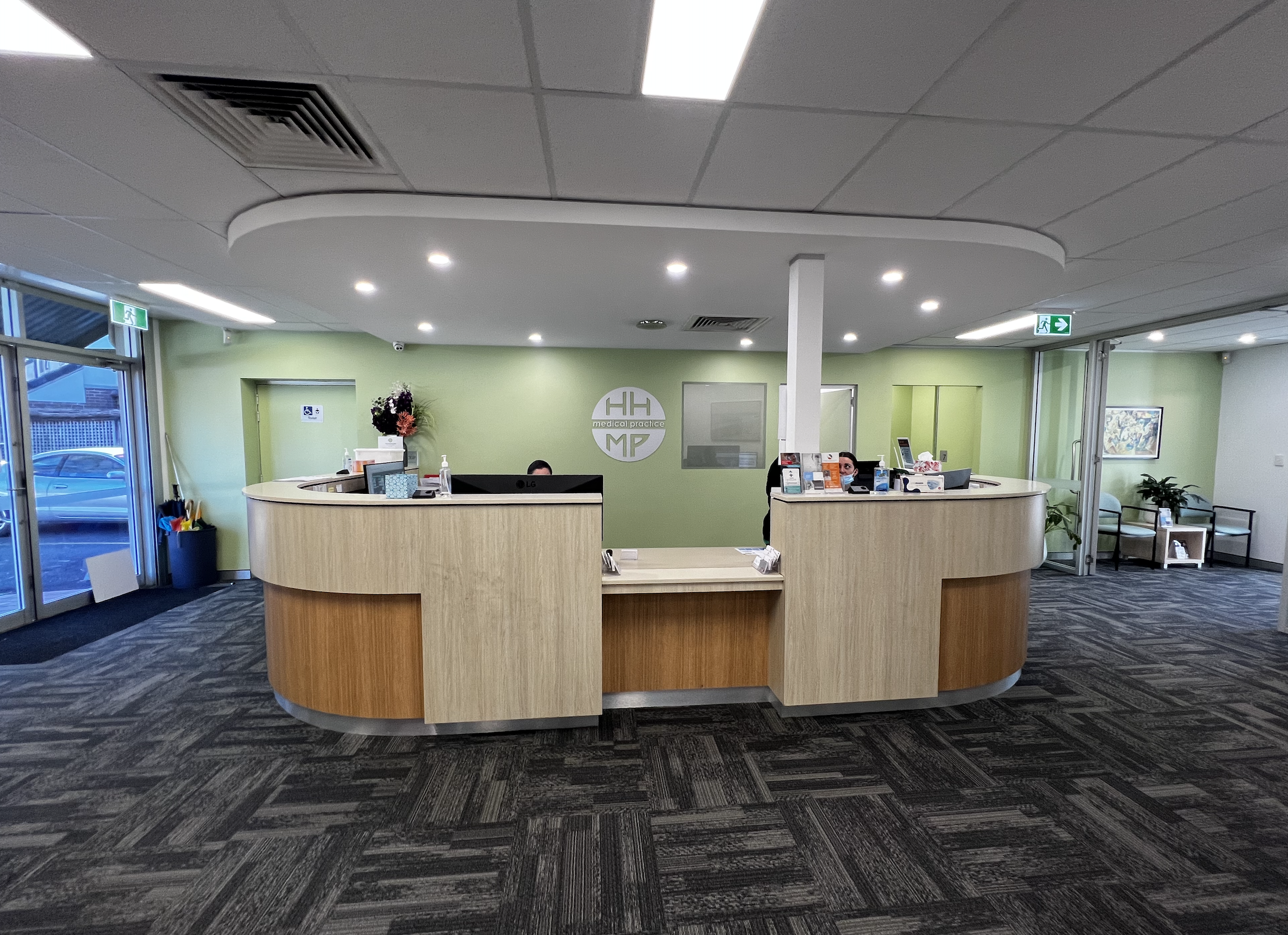
Endometriosis is a chronic medical condition that affects millions of women worldwide, causing pain, discomfort, and sometimes infertility. It is a condition in which the endometrial tissue, which is the tissue that lines the inside of the uterus, grows outside of the uterus, leading to inflammation and scarring. This tissue can grow on the ovaries, fallopian tubes, and other pelvic organs, causing severe pain during menstruation, sexual intercourse, or bowel movements.
One of the most common symptoms of endometriosis is pelvic pain. This pain can range from mild discomfort to severe, debilitating pain that can interfere with daily activities. Women with endometriosis may experience different types of pain, including:
- Dysmenorrhea – painful periods: This is a common symptom of endometriosis, and women may experience severe cramps during their menstrual cycle, which may feel like a stabbing or burning sensation in the pelvic region.
- Chronic pelvic pain: Women with endometriosis may experience chronic pelvic pain, which is pain that lasts for more than six months. This pain may be present throughout the month or only during specific times, such as during menstruation or sexual intercourse.
- Pain during intercourse: Women with endometriosis may experience pain during sexual intercourse, which can make sexual activity uncomfortable or even impossible.
- Pain during bowel movements or urination: Endometrial tissue growths can also affect the rectum and bladder, leading to pain during bowel movements or urination.
Diagnosis and Treatment
Endometriosis is a challenging condition to diagnose, and it may take several years before a woman receives a proper diagnosis. A gynaecologist may be involved and will perform a physical exam and take a detailed medical history to evaluate the symptoms. An ultrasound, MRI, hysteroscopy (uterine camera) or laparoscopy (Intra-abdominal camera) may also be used to visualize the endometrial tissue and diagnose the condition.
There is no cure for endometriosis, but several treatment options are available to manage the symptoms. Pain relief medication such as non-steroidal anti-inflammatory drugs (NSAIDs) or hormonal therapy may be prescribed to manage the pain. Hormonal therapy such as oral contraceptives or GnRH agonists can be used to regulate the menstrual cycle and reduce endometrial growth.
In severe cases, surgery may be necessary to remove the endometrial tissue growths. A hysterectomy, which is the removal of the uterus, may be recommended in cases where the patient does not wish to have children or has not responded to other treatments.
Endometriosis Clinic
Endometriosis affects at least 1 in 9 Australian women and can have an extensive, devastating impact on the daily lives of sufferers. With those suffering waiting on average of seven years before diagnosis. The federal government recently supported 20 endometriosis clinics in general practices Australia wide, your local one is at Hunters Hill Medical Practice.
Working with existing general practices, the clinics will strengthen what is often the first point of contact in the health system to reduce diagnostic delays and promote early access to multi-disciplinary intervention, care and treatment. Women seen at the clinic will see a doctor who is aware of the challenges of endometriosis, has done or is doing extra studies in the area and a nurse case manager to facilitate progress. While the normal fees apply to see the doctor, investigations and referrals, there are no added costs to see the nurse or for the telehealth follow up. Hunters Hill Medical Practice works with co-located physiotherapists, dietitians, psychologists, endocrinologists and gynaecologist to facilitate a woman’s journey.


THIS IS A SPONSORED POST














